I'm trying to produce a graph like the following:
From an array of events as follows:
var events = {
"0": {"guid": "78926349827546", "created": "2017-07-07 14:14:21" },
"1": {"guid": "78926349827546", "created": "2017-07-08 15:44:10" },
"2": {"guid": "20936752065745", "created": "2017-07-09 12:09:24" },
"3": {"guid": "20936752065745", "created": "2017-07-11 06:55:42" },
"4": {"guid": "20936752065745", "created": "2017-07-11 22:10:29" },
...
};
I'm currently using the Google Line Chart. Although I'm happy with the aesthetic, I still need to find a way to produce a tabbed display of several timescales, e.g. Today, Last 7 Days, Last Month and Total.
Programmatically, this is proving to be a sisyphean task, as I have to count occurrences across (in one instance) every hour in the last day, and then (in another instance) every day in the last week etc.
And there's a lot of date conversion, counting backwards from today and so on.
Is there a way of taking my array and producing a new array of human-readable dates relative from today, across several timescales?
